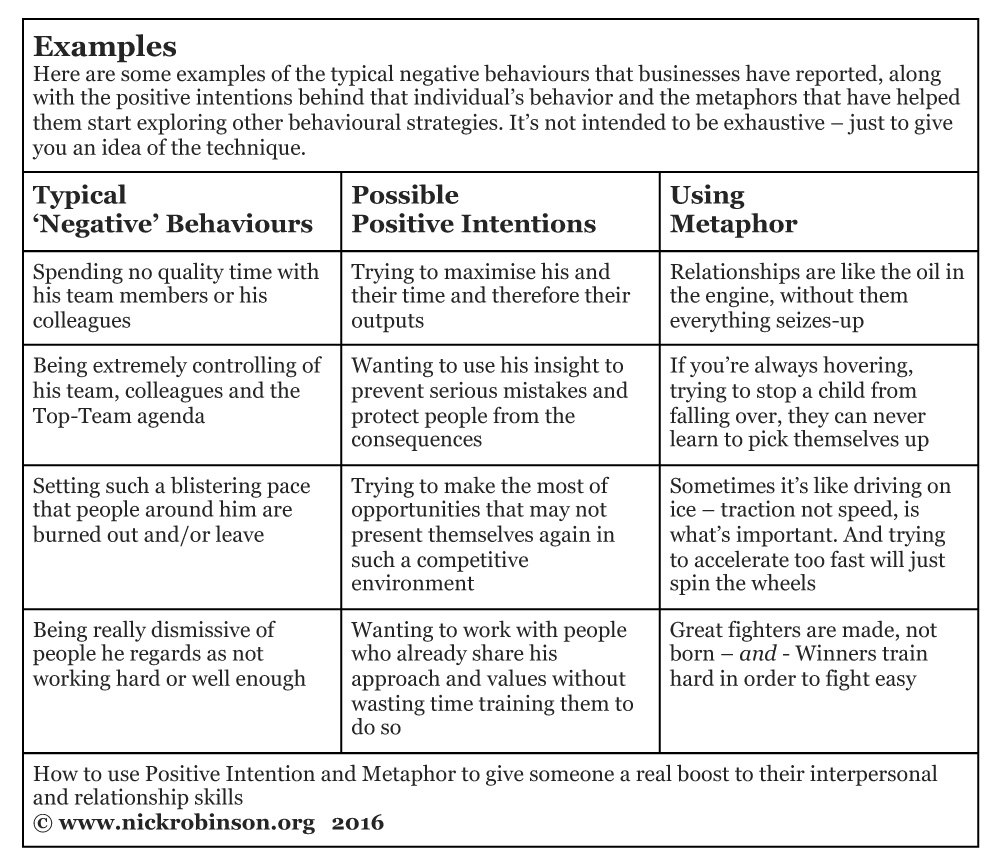Helping People to be Team Players
The top four reasons why people don’t always act as part of your team
Lots has been written about why people might want to be part of a team or group. But the issues behind why people don’t always behave like team players even when they could are much less well known. Even more unfamiliar are the steps you can take to get them back on-board, provided you know a little about what’s driving them.
I’ve set out below the top four reasons why people don’t always act as a fully-paid-up member of your team, and what you can do about it. There are more reasons than these, but these four are the ones you’re most likely to encounter at work. Let me know if you’ve got a different type on your team, and I’ll try to help!
Here are the four situations we’ll be looking at:
- The erratic shooting-star
- The defender of the status quo
- The detached daydreamer
- The toxic specialist
1. The erratic shooting-star
You may have someone on your team who is usually initially enthusiastic about new initiatives. Or who is always finding something interesting or shiny “over there”, slightly off the path of where you’re trying to get to. You may have seen that this person’s enthusiasm can often be enough to distract the rest of the team (and my experience is that they’re great at parties too). You’ll probably also have seen that they often run out of steam before actually delivering anything good.
To get this person fully on-board you’ll need to legitimise their investigations and explorations and make the most of their strengths. Find ways to have them investigate ideas, resources and opportunities. You may need to manage their expectations, so that what they are investigating are legitimate, current requirements for your unit, not stuff that is too far away from your goals. Have them present their findings to the rest of the team, and make sure that they get recognition for having done this. Do not make them responsible on their own for delivering on these ideas. But do enlist their help in keeping the people with lead responsibilities enthused and supported.
2. The defender of the status quo
You may have someone on your team who is usually responsible, committed and loyal. Yet there are times when people with these traits don’t act like complete team players. In my experience, this is particularly prevalent when forces outside your immediate team are driving changes. Or when there are on-going uncertainties in the external operating environment. In those times, this person may act like the last line of defence, holding back the barbarian hordes – when you actually need them to help with changing the existing order of things!
To get this person fully on-board you’ll need to do two things:
- Make sure that you (as the leader of the team) are fully committed to the changes that are taking place. You’ll need to be able to argue in their favour, both logically and emotionally. This is all about sending a clear signal of how you most need this person to direct their loyalty to you and the team;
- Help them see that there are practical steps you can all take to make the most of the changes or uncertainties. Boost their confidence by demonstrating that your team is not helpless.
3. The detached daydreamer
You may have someone on your team who is usually easy-going, agreeable and happy to go with the flow. But there may be times when you’ll find them saying yes to things without any real intention of doing them. Or you may notice them taking dubious short-cuts. If you’re not careful, you may not notice until it’s too late that this person has been ignoring problems or failing to deal with stuff – basically just sitting on it.
To get this person fully on-board with the team, recognise that what they really want is a sense of peace and harmony. They may have forgotten that to get to peace and harmony, we often need to work through problems with hard physical effort, not disappear into our inner worlds.
Make sure they are acutely aware of the problems or tasks that were previously being ignored. If possible, enrol others in expressing how uncomfortable or disturbed this person’s inaction has made things for them.
To the extent that you can, encourage physical exercise or assign tasks that involve physical effort to help get them out of their heads a little.
4. The toxic specialist
You may have someone on your team who has developed a deep understanding of a particular area. They may also be the “go-to” person, specialising not only in their subject, but also in their knowledge of the organisation and how to access its resources. In the bad times, you may find this person to be highly critical of others. And that there is a trail of ‘casualties’ in their wake – people who have not felt willing or able to live up to being their colleague.
The key thing to understand about this person is that, above all else, they value competence. As part of, or even leading, a team of competent, high-performing people with the independence to manage their way of doing things, they’re great! Change any one of those components and they can become extremely and unconsciously toxic.
There are three things you must do to help get this person back on-board with your team:
- Teach them that the abilities to get on with others of all levels of skill, and to develop their colleagues for the longer-term, are themselves competences. And that you require them to become good at these things too.
- Make efforts to enrol them in designing any changes to workflows (and they’ll be reluctant to ‘waste’ time on this). Do not make changes without genuinely listening to their views.
- Decide whether or not their value to the business, if they don’t change, is outweighed by the problems they are causing.




